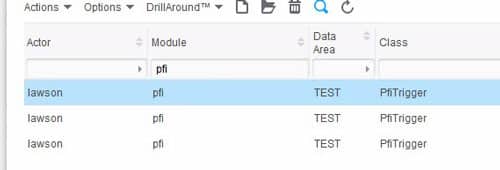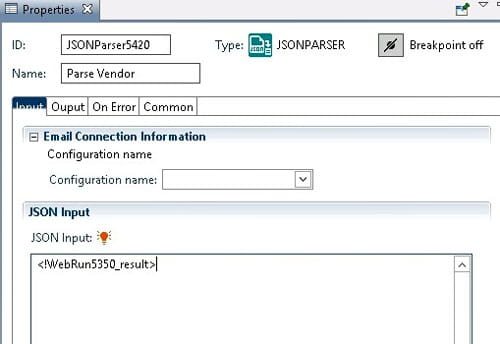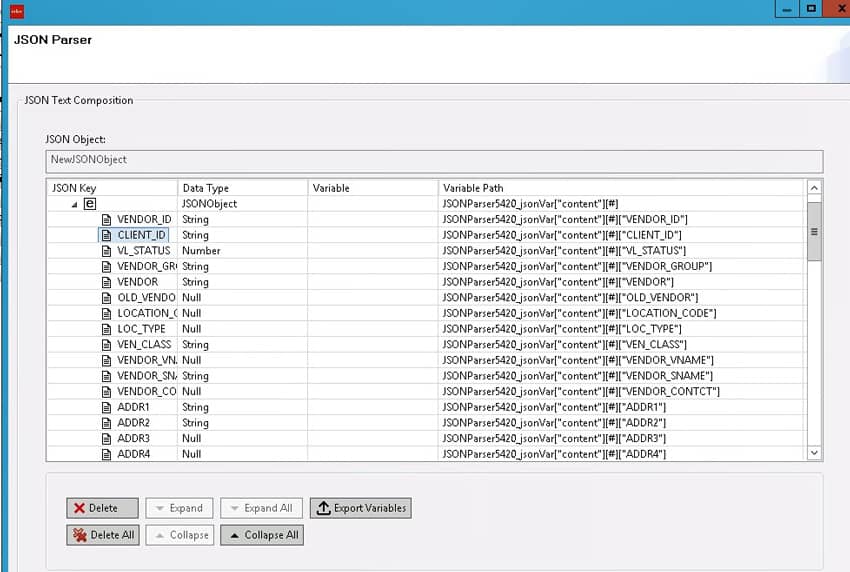The Lawson database relationships are stored in the GEN database. Foreign key constraints are not actually added to the database tables. So, to see what these relationships are, you can query the GEN data. The primary relationship information is stored in FILEREL. Then, to get the fields that are used in the relationship you’ll need to join FILRELFLD and FILEINDFLD. FILERELFLD contains the primary field names, and FILEINDFLD contains the foreign field names. The below query is a sample run against a SQL Server database for a data area called “TEST”.
SELECT RTRIM(FILEREL.FILENAME) PARENT_FILE,
RTRIM(FILEREL.RELFILE) CHILD_FILE,
REPLACE(RTRIM(FILERELFLD.FRFLDNAME), ‘-‘, ‘_’) PARENT_FIELD,
REPLACE(RTRIM(FILEINDFLD.FLDNAME), ‘-‘, ‘_’) CHILD_FIELD
FROM FILEREL INNER JOIN
FILERELFLD ON FILERELFLD.FILENAME = FILEREL.FILENAME AND
FILERELFLD.RELNAME = FILEREL.RELNAME INNER JOIN
FILEINDFLD ON FILEINDFLD.FILENAME = FILEREL.RELNAME AND
FILEINDFLD.INDEXNAME = FILEREL.INDEXNAME AND
FILEINDFLD.FLDNBR = FILERELFLD.FLDNBR INNER JOIN
FILEDEF ON FILEDEF.FILENAME = FILEREL.FILENAME
WHERE FILERELFLD.FRFLDNAME <> ‘ ‘ AND
FILEREL.PRODUCTLINE = ‘TEST’



























